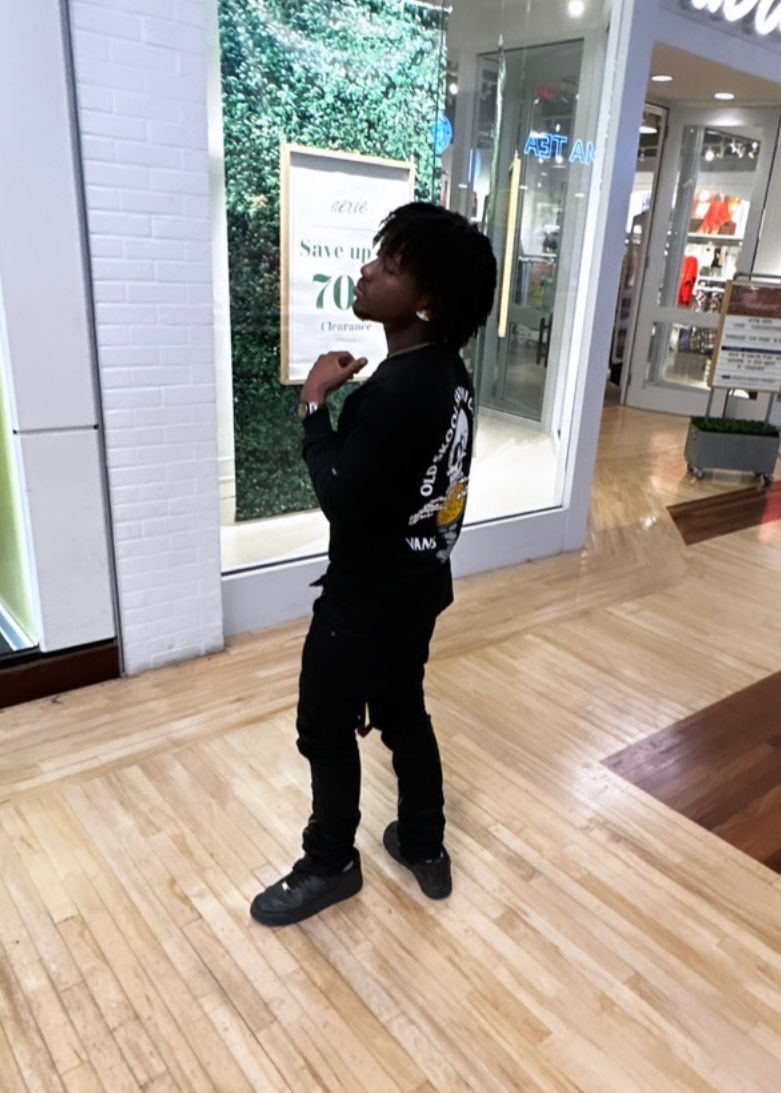A Naisula Story: Killyokarma
- Abigail Hayes
- Feb 7, 2023
- 3 min read
“Naisula” is a word in the Kenyan native language of Kimaasai; it means “beautiful”. What kinds of things do you consider beautiful? Do you think of a person? A scenic view in some desolate place in the world? Or, do you think of a song – a sound of sorts? The wonderful sound of music is Naisula to Mopel.
That is, Mopel Kitele.

Kitele is a 19-year-old artist, producer, and songwriter who reigns from the East African tribe called Maasai. Though he was brought up in Raleigh, North Carolina (and, for some time, in Las Vegas), he proudly claims Kaijado, Kenya as the one who raised him.
“I don’t claim Raleigh even though I grew up out here,” the young creative noted. “I don’t feel like I’m from here. I’ve always felt different from the niggas that’s out (here).”
And different he is, within his own right.
Though many artists discover their love for music by interacting with other music they discover – through streaming apps, radio, or other mediums – Kitelle (stage name Killyokarma) found his love for music when he was left with no option but to create it himself.
For a part of his life, the young musician attended a boarding school in Kenya called “Naisula”. He described his life-altering experiences there:
“(...)In boarding school, it was so strict; you couldn’t have a phone, you couldn't have no type of electronic device (...) It was just real life – you had to find your own avenue.”
That avenue, for Killyokarma, would lead him to the art of music: specifically rap music. But, not just any rap.

He told me, “I’ve always liked music, but not mainstream rap, but underground rap because I feel like that’s where people are more expressive and they’re more soulful.”
For him, it is important to not only express the music from the heart, but to always stick to his roots. Incorporating Kenya in every song, as much as possible, is one of his main priorities.
“I listen to Kenyan music, too. Them niggas are saucy with it, “ he explained to me. “You can’t help but dance, bruh. That’s why I try to bring that kind of character into my tunes (...) I try to pull inspiration from them.”
And he does it all on his own.
“I’m the mix-master and engineer. I write my own lyrics. I don’t rely on anybody for anything when it comes to my production process.”
In many ways, he is one with his music.
But let’s face it: you probably haven’t heard a stage name that even closely resembles “Killyokarma”. So, where does the name come from, let alone the combination? He offered me a rather interesting take behind his name:
“I believe (...) there’s this moment in life where I started focusing on actualization and making my concepts my reality. And in order to do that, I had to kill a part of myself that kept holding me back, the doubtful part of myself, and fearful part of myself, and that’s (where) I got the whole ‘kill’ part from.”
So what about the -karma part? He said this:
“(...) I realized that everything is a karmic cycle: what you put out into the world is exactly what you get back (...) So, I’ll kill my bad karma and I dish out good karma.”
Thus, the name stuck and became a part of his overall identity. Who he is through and through is what you can understand from listening to his music.
So, where does that leave the young artist? What is Naisula to him?

“(...) I like to create things because creating things is something that I used to express how I feel. I like putting my emotions on display (...) I’m just trying to express myself in some way, shape, or form. So, that’s why I make music, for real.”
To create, for Killyokarma, is to be.
That is Killyokarma’s Naisula story.



Comments